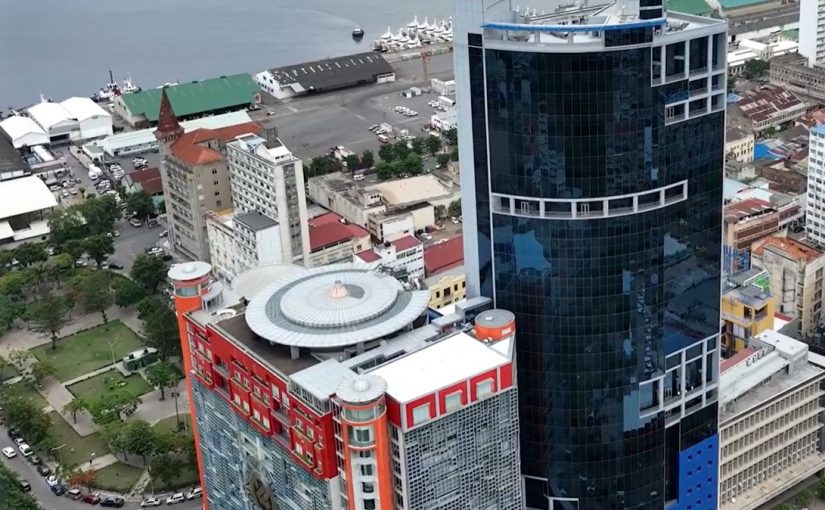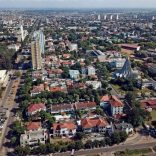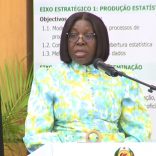Mozambique: Population seen growing by 10 million between censuses to 36 million in 2027
Mozambique: Credit to the economy hit one-year-high in September

File photo: Banco de Moçambique
Credit to the Mozambican economy grew in September for the fifth consecutive month, reaching 289,477 million meticais (€4,348 million), the highest amount in more than a year.
According to data compiled this Thursday by Lusa from a central bank statistical report, this performance represents an increase of almost 1% in the space of a month and compares with the previous peak of 289,106 million meticais (€4,342 million) in September, 2023.
Bank credit to the economy grew in every month of 2024, with the exception of April, when it fell by around 1% compared to March, to 270,676 million meticais (€4,065 million), then recovering consecutive monthly growth since May.
Credit to individuals continues to lead and has grown since the beginning of the year, reaching practically 97,110 million meticais (€1,458 million) in September, also the highest amount in at least one year.
The transport and communications sector, whose total credit granted by banks fell slightly to 26,303.7 million meticais (€395 million) in September, comes next, followed by trade, with almost 24,935 million meticais (€374.5 million), and manufacturing industry, which fell to 23.136 million meticais (€347.5 million).
The reference interest rate for credit in Mozambique fell by another 0.7 percentage point in November, to 19.8%, the eighth monthly cut of 2024, according to the Mozambican Association of Banks (AMB).
Since 2018, the rate, known as ‘prime rate’, had been falling, reaching a minimum of 15.5% in February 2021, when the trend reversed and the rate began to rise until reaching 24.1% in July, 2023.
The rate returned to April 2023 values (23.5%) in January 2024, after six consecutive months at highs of 24.1%. It then fell in March to 23.1%, in April to 22.7%, in May to 22.3%, in June to 22%, and in July to 21.2%, where it stayed in August and September, falling again in October to 20.5% and in November to 19.8%.
Oscillations in the prime rate are associated with the monetary policy interest rate (MIMO rate, which influences the prime rate calculation formula) changes implemented by the central bank to control inflation.
The Monetary Policy Committee (CPMO) of the Bank of Mozambique decided at the end of September to once again lower the monetary policy interest rate from 14.25%, in force since March, to 13.50%.
“This decision is supported by the continued consolidation of the prospects for maintaining single-digit inflation prospects in the medium term, in a context in which the assessment of the risks and uncertainties associated with inflation projections remains favourable,” the Bank of Mozambique explained in a statement released after the CPMO meeting, which takes place every two months.
The creation of the `primary rate` was agreed in 2017 between the central bank and the AMB to eliminate the proliferation of reference rates in the cost of money.
At the time, it was launched with a value of 27.75%.
The objective is for all credit operations to be based on a single rate, “plus a margin (‘spread’), which will be added or subtracted from the ‘prime rate’ through risk analysis” of each contract, the promoters explained.













Leave a Reply
Be the First to Comment!
You must be logged in to post a comment.
You must be logged in to post a comment.